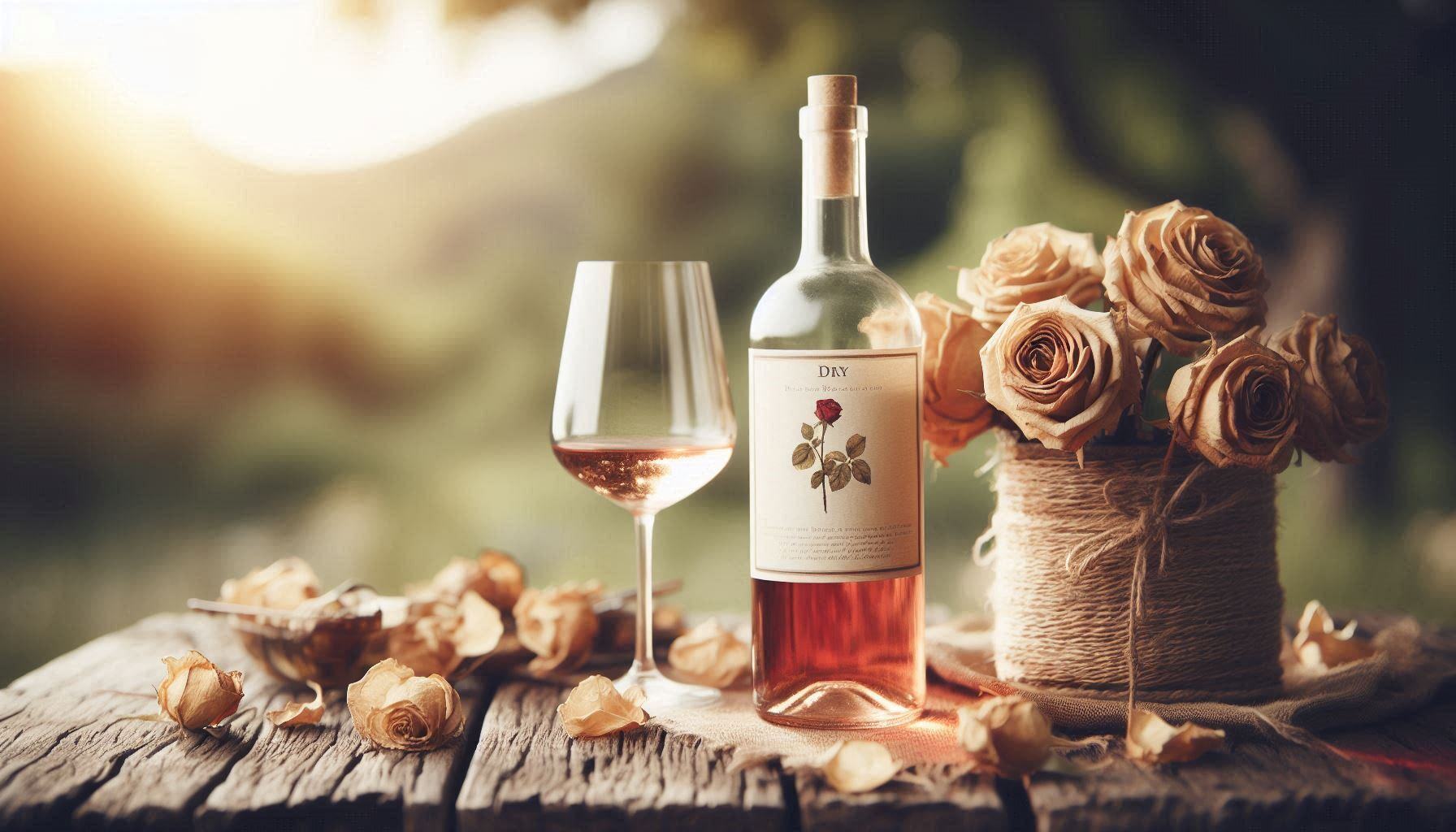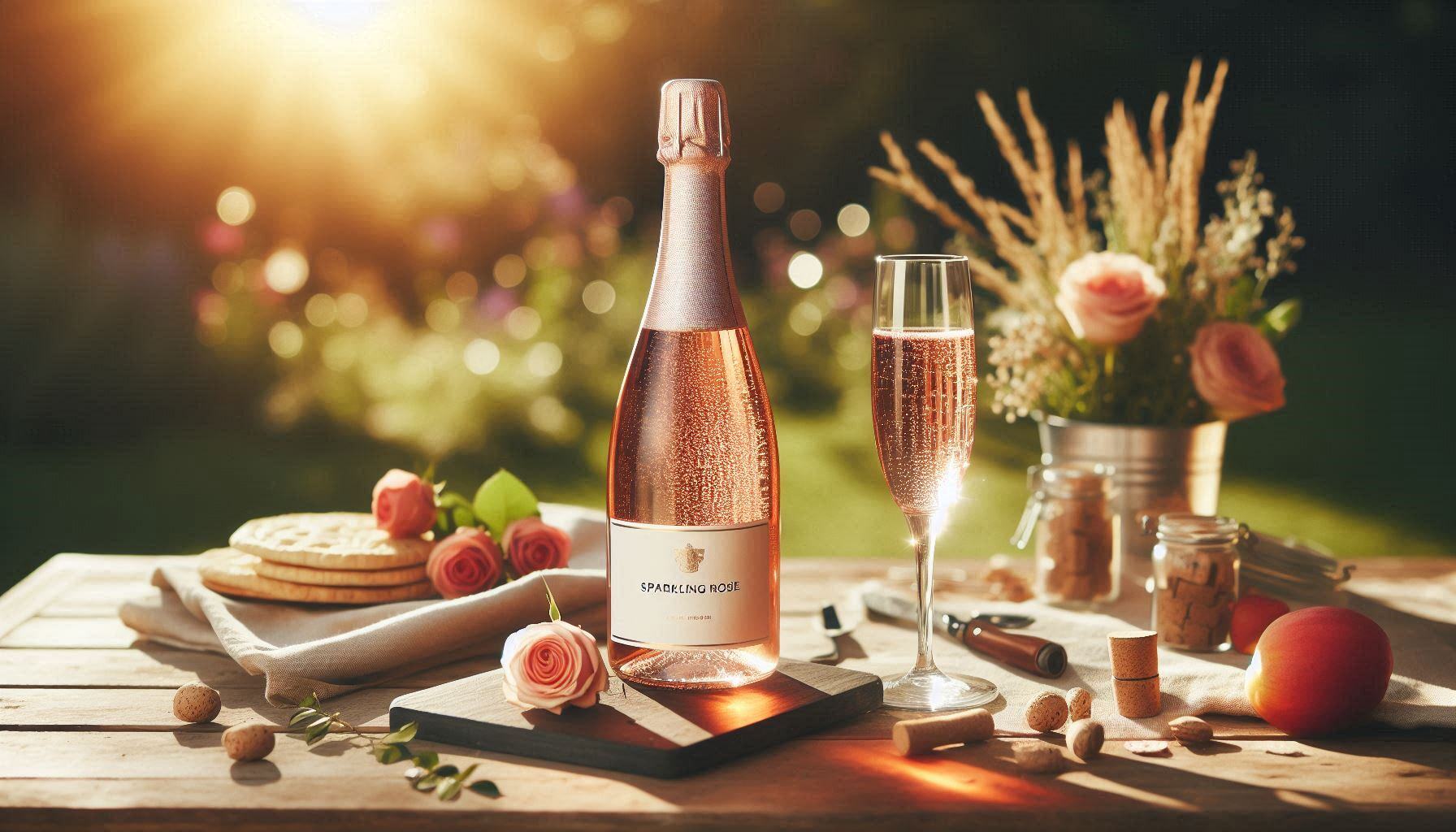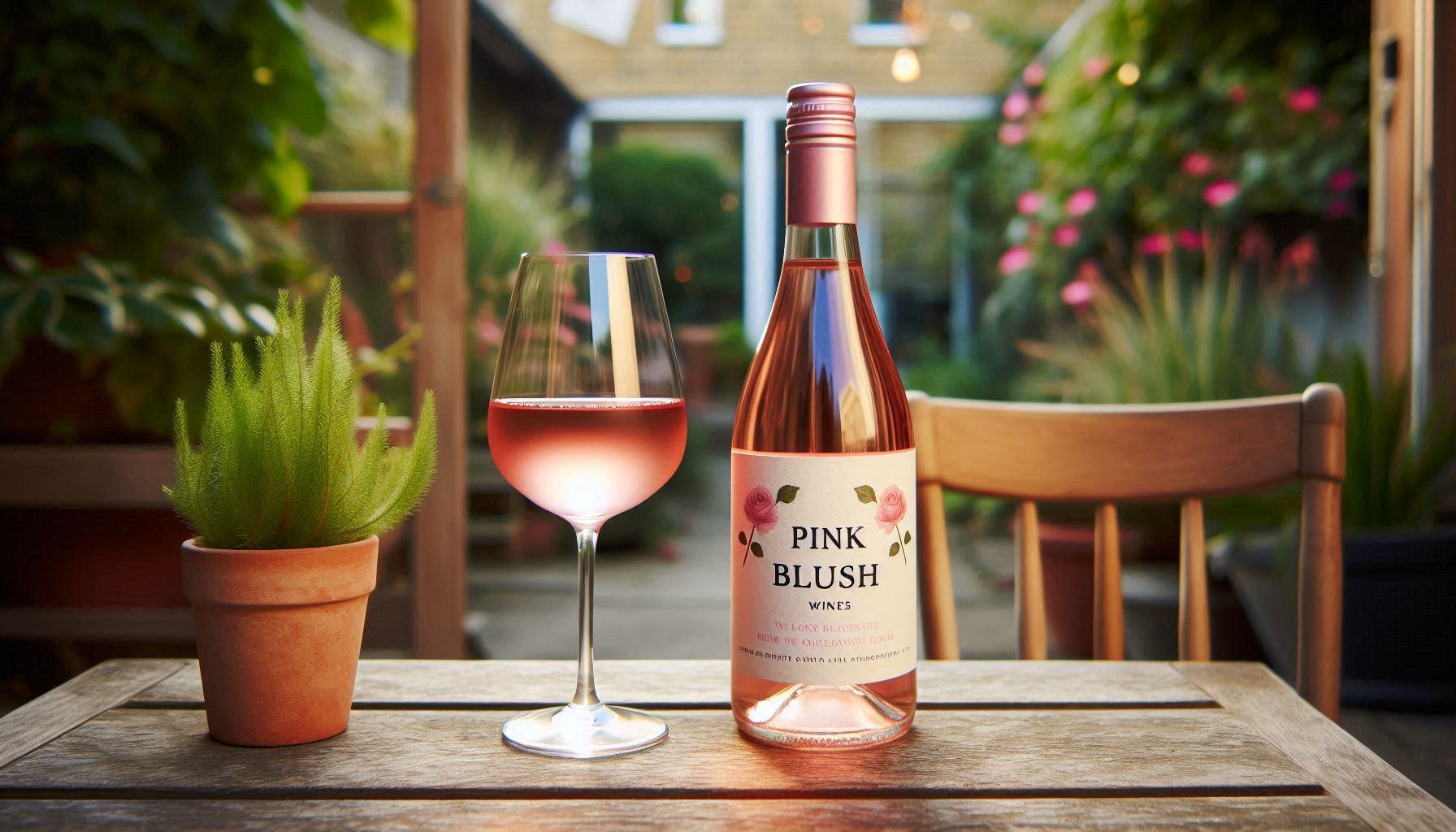Testimonials
See what people are saying
Spices Coffee Travel & Wine is a treasure trove of fascinating information! I've always been a coffee enthusiast, but their insights into different coffee blends from around the world have taken my appreciation to a whole new level. The articles are engaging and informative, making it my go-to site for my daily dose of coffee culture.
As a frequent traveler and wine lover, I am thrilled to have discovered Spices Coffee Travel & Wine. Their travel tips are spot on, and I love how they seamlessly integrate wine recommendations with travel destinations. It's like having a personal guide that makes every trip and wine selection extraordinary. Highly recommend this site to anyone who shares a passion for exploring new flavors and places.
Spices Coffee Travel & Wine has become my favorite online destination for discovering new spices and recipes. Their articles are not only informative but also inspire me to experiment with flavors I never would have considered before. The combination of travel and culinary insights makes this site a must-visit for anyone wanting to broaden their culinary horizons.

Rosé Wines in Napa Valley: Dry Rosé, Sweet Rosé, Sparkling Rosé, and Blush Wines

Dry Rosé: Dry Rosé has existed for centuries, with its thick history from ancient times. Greeks and Romans were the first to produce a wine of this style, using minimal skin contact to achieve its signature pale pink hue. Europeans developed this wine style across different regions, especially within French Provence, which belonged to the local wine tradition. Today, trade progress has enabled it to travel worldwide, thus leading to its development as Spanish Rosado and Italian Rosato.
Characteristics: The production of Dry Rosé involves brief maceration on red grape varietals to extract their color and flavors until the start of fermentation. The wine obtains its pale pink shade throughout its production phase and maintains its fruit-forward notes. Dry Rosé grapes grow in warm and cool regions. This wine regions provide flavor to the wine.
Producers protect the grapes from over-ripening during vineyard cultivation to achieve best-in-class sugar and acidity equilibrium. Provence, Spain, and Italy are known to produce Dry Rose grapes. The final taste of the wine depends on the combination of climate and Rosé wine making habits, producing wines from light and elegant to rich and full-bodied.
Taste Profile: The unique features of Dry Rosé are fruit-based flavors and perfumed opulence. The wine is defined by red fruit aromas, stone fruits, citrus, and floral hints proposing a light and refreshing consumption style. The crisp acidity also provides a cheerful drinking experience for social occasions. Upon production, the weight of Dry Rosé varies from light-bodied to medium. These wines either have a silky-smooth texture and delicate minerality or showcase a fruity character. Drinking this wine remains pleasant because it lacks strong tannic elements.
Food Pairing: Dry Rosé provides an exceptional advantage through its ability to match well with various foods. It pairs well with seafood, grilled chicken salads, and Mediterranean food. The flower and citrus notes in Dry Rosé wine complements the herbs of the food. The silky-smooth tannins pair it wonderfully with plain pasta and cheese plates. Due to its textural qualities, Dry Rosé achieves maximum food-friendly status. The acidity in Dry Rosé acts as a clearing agent that cuts through fat and thick ingredients, while its fruit notes match savory and slightly sweet dishes.
Body: Dry Rosé stands out for its pale pink hue and combines light-bodied ease with high crisp acidity. The summer wine features aromatic scents combined with red berries, citrus, stone fruit, and floral notes, making it perfect for any occasion during cool summer days. The popularity of Dry Rosé extends because it has existed throughout French Provence, Spanish Rosado, and Italian Rosato. For a wine tasting or versatile pairing, Dry Rosé radiates sophistication.

Sweet Rosé: Sweet Rosé wine has been in existence since 300 B.C. Italy, Spain, and France have been manufacturing wine for multiple generations as predominantly wine-drinking nations. The red grape is soaked with its skin for some time then the whole emerging liquid is processed into Rose wine. In the past, Rosé Wine was obtained from soaking red grapes then the resulting juice was processed into red wine. This was often viewed as bringing about simple wine that lacked creativity and a dedicated methodology. Currently, winemakers have shifted from this approach of making rose as a by-product of red wine to growing grapes specifically dedicated to producing Sweet Rosé wine.
Characteristics: Due to the dedicated approach of the Sweet Rosé Wine production, the resulting wine is sweet, and crisp, with floral notes and fruit flavors. This has led to the growing popularity of the Rosé wine and market dominance. The refreshing and neutral acidity of the wine makes it a top choice for wine lovers. Rosé Sweet Wine is made from red grapes however some grapes are a top choice for this process, Winemakers prefer specific varieties of grapes due to the resulting fruity and floral notes, and stable acid framework. Lighter-skinned grapes are a top choice for Rosé Wine making process.
Vineyard Practices: The winemaking process is a delicate approach as the winemakers have to select grapes early to maintain acidity and freshness. Most vineyards use organic farming practices to have higher purity of flavor levels. Winemakers use gentle press and brief maceration to produce wines with their preferred color profiles and flavors. To preserve the fresh fruity notes the winemakers, prevent oxidation of the wine during bottling.
Taste Profile, Flavor and Aroma: The aroma and flavor of Rosé Sweet are refreshing with a smooth finish. The tasting notes consists of floral notes, berry scents, and citrus notes. Other possible fruit flavors that may be perceived include strawberry, raspberry, peach, and watermelon making the beverage a delightful drink of choice.
Body and Texture: Wine lovers tend to experience a silky sensation when they consume Rosé Wine which has a medium to full-bodied effect on them.
Rosé Wine has a balanced texture with residual sugar which produces its bright acidity and sweetness. Wine lovers enjoy the crisp nature which is perfect for summer as the wine is served chilled.
Food Pairings: Good food selection and wine pairing create a memorable dining experience due to the resulting sensory experience from the developed wine profile. Examples of good wine pairings include cheese platters like soft cheeses (goat cheese and brie), seafood barbecue (lobster, shrimp, and salmon) and citrus salads with mixed greens. This wine also pairs well with spicy food like Mexican or Thai cuisine, and fruit desserts like berry tarts and peach cobbler.

Sparkling Rosé: Sparkling rosé is one of the oldest styles of wine that's still enjoyed today. It's a lighter, pinker wine that is known for its fruity aroma and bubbly effervescence. The ancient Romans and Greeks were among the first winemaking cultures to enjoy a great sparkling rosé. In those days, reds were considered too rich, which is why vintners developed the rosé. Throughout the Middle Ages, sparkling rosé was the finest wine. Some winemakers even added elderberry juice to white wine to give it the prized pink color. After World War II, Portugal introduced a unique wine. Two family vineyards made a sparkling rosé that became a global hit. California joined the rosé rush in 1976 when a pale pink Cabernet Sauvignon caught a wine critic's eye in Sonoma County. In 2016, the festive light-bodied rosé became viral when male drinkers became known as brosé. Today, a range of regions produce pink rosé. It's common in France, Australia, California, and Long Island, New York.
Characteristics: Sparkling rosé is known for its refreshing bubbles. The beverage has a crisp finish and a fruity aroma. Depending on the winemaking method, a rosé wine can be considered pink Champagne. Many types of grapes can be used for rosé wine; it can be made by blending red-skinned grapes with white wine. Rosé is versatile; some producers use Groslot (Grolleau) grapes, black grapes, and Zinfandel grapes. Today, a range of regions produce pink rosé. It's common in France, Australia, California, and Long Island, New York.
Taste Profile: Pink Champagne or rosé wine is known for its crisp taste and sweet aroma. It's slightly acidic with a refreshing fruitiness.
Flavors and Aromas: Rosé's finished flavor can be influenced by the amount of time the skins sit in the wine. Generally, the flavor notes include strawberry,
raspberry, minerals, and watermelon.
Body and Texture: With a light body and a crisp texture, sparkling rose is an ideal wine for warm days. Depending on the vintage, rosé can be dry or slightly sweet.
Food Pairings: White meats pair well with rose wine. It does best with flaky fish, shrimp, and grilled chicken. The very best matches for a sparkling rosé are summer style meals. Nothing beats a crisp, effervescent wine when it's paired with a Caesar salad or salmon smoked on a cedar plank. The wine also pairs well with grilled vegetables. When food pairing with rosé, keep in mind the wine's taste profile and flavor notes. Since pink Champagne has the acidity of a white wine with the fruity aroma of a red, it complements fish, chicken, and especially cheese.

Blush Wines: Blush wines, with their light color and crisp character, have been the obsession of wine drinkers for quite a while. If you're an old pro or new to the game, blush wines provide a variety of flavors and versatility to suit every mood. Blush wines trace their roots back to Provence rosés of France, whose winemakers have produced pale pink wine for centuries. Wines of this nature originally happened as a byproduct of red wine production but came to be favored as their delicate difference became more certain. However, the modern-day blush wine boom actually began in the United States in the 1970s and 1980s. California wineries, particularly the ones that produced White Zinfandel, gave blush wines a name for themselves. With their pale, sweet taste, they quickly became popular among casual drinkers, thus, they were soon part of the American wine tradition. Blush wines are currently present around the world, such as wine regions like Spain, Italy, and Australia. No longer shunned as "novice wines" they are now coveted for the variety of offerings, ranging from being dry and crisp to sweet and fruity.
Characteristics: Blush wines are made from red grape varieties like Zinfandel, Grenache, Syrah, and Pinot Noir. The grapes have light skins that are accountable for the pale color of the wine and gentle tannins. They thrive in warm, sunny weather conditions that favor their typical fruit flavors. Winemakers use minimal skin contact or saignée (bleeding off juice from red wine fermentation) for the perfect blush color. Provence, California, and the Loire Valley are well-known for producing high-quality blush wines. Sustainable farming is gaining ground, and these wines are as green as they are delicious.
Flavors and Aromas: Many wine enthusiasts know blush wines for their fruit-forward, bright character. Strawberries, raspberries, watermelon, and citrus flavors are what people think of, along with floral tasting notes like rosé or lavender. Depending on the type, you might also experience a touch of herbs.
Body and Texture: These wines tend to be medium sized with a smooth, crisp texture. Their low tannin content makes them very easy to drink, with their well-balanced acidity.
Food Pairings: Blush wines pair well with light appetizers like goat cheese, bruschetta, or salads. Also, seafood dishes like sushi, shrimp, or salmon. Spicy Foods include Thai or Indian cuisine, where the wine's sweetness balances the heat and serving temperature. Desserts include fruit tarts or sorbet. The wine's fruitiness and acidity are cut through richness or heat, and its sweetness enhances the food's flavors naturally. Blush wines are more than a passing fancy—they're a testament to the artistry of winemaking. With their rich history, range of flavors, and pairing versatility, they're a definite must-taste for wine lovers everywhere.
